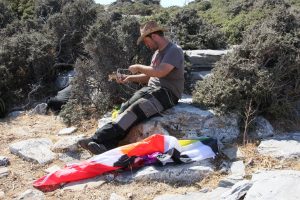
This year the project is employing aerial photography – using a kite to fly a camera overhead – to record the changes in the site. This was the idea of Hugh Thomas, one of the trench supervisors this year and a 2012 Zagora team member, and his archaeological colleague, Adam Carr, who is new to the project this year.
Hugh researched and put together the setup – a kite with attachable camera rig on which is mounted a compact digital camera. Hugh added software to the camera’s SIM card which makes the camera take a shot every four seconds once he turns the camera on and sets it to Auto.
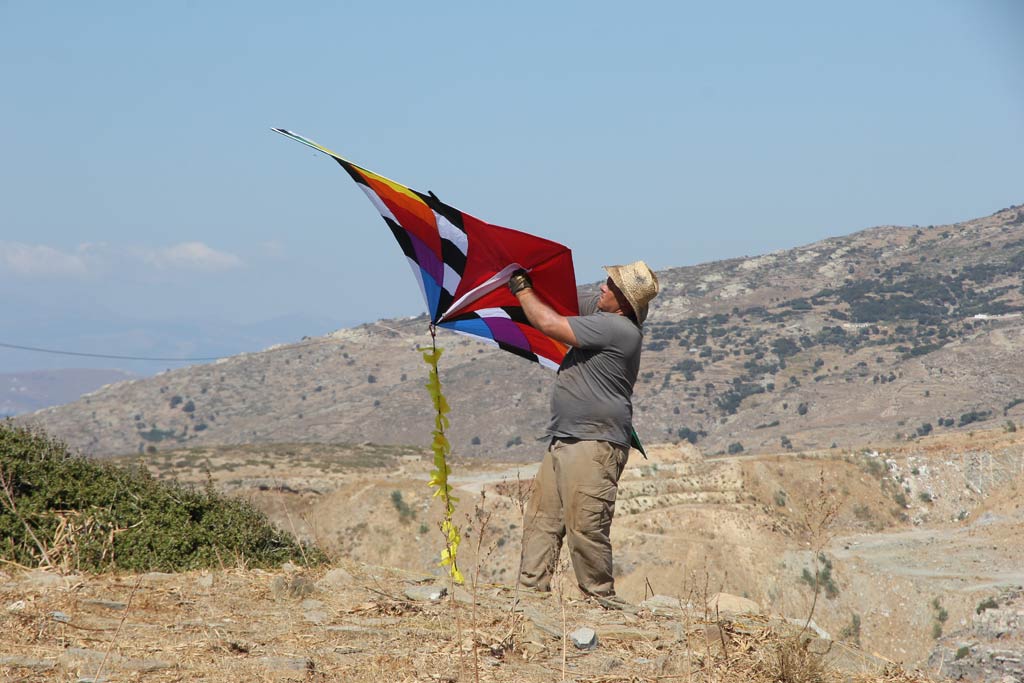
Hugh and Adam had practice runs in Sydney to perfect their technique. Hugh told me that Adam was a natural when it came to launching the kite.
Fairly specific wind conditions are required for the kite to be stable enough to hold the camera steady enough to get good shots. Wind speed needs to be around Beaufort 3-4. Any lower and the kite won’t lift off and support the camera. Any stronger and the camera could thrash about. Also, if wind speed is too low or too high, there is a likelihood that Hugh and Adam won’t be able to control the kite sufficiently to protect the camera from crashing to the ground.
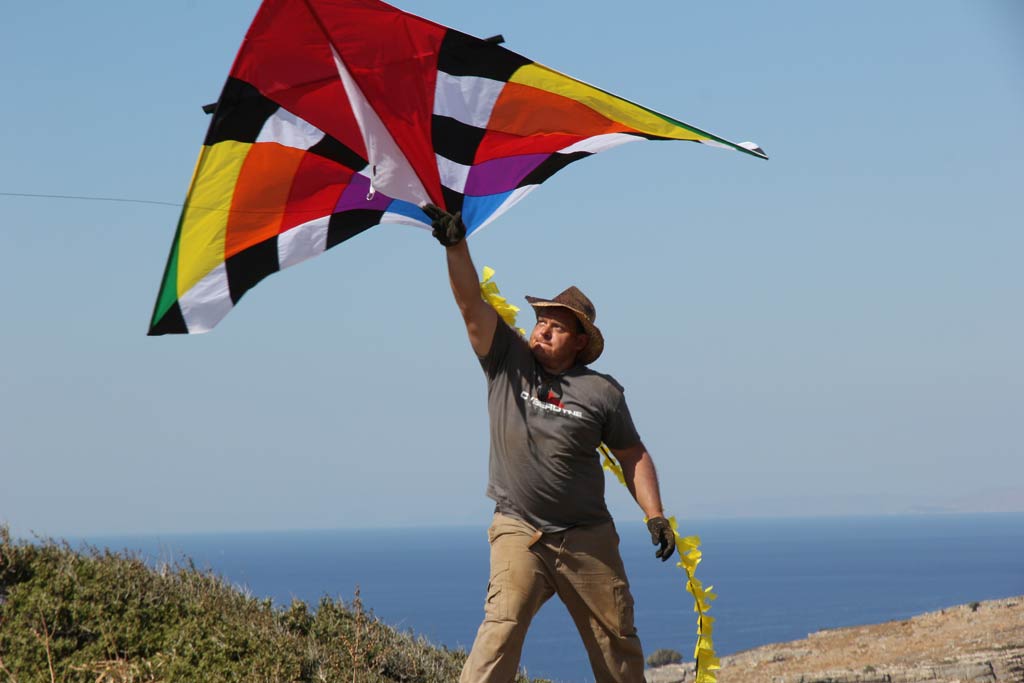
On Friday 27 September when I photographed their efforts, after a slow start as we waited for sufficient wind speed to safely launch the camera, everything went perfectly, as the following photographs show:
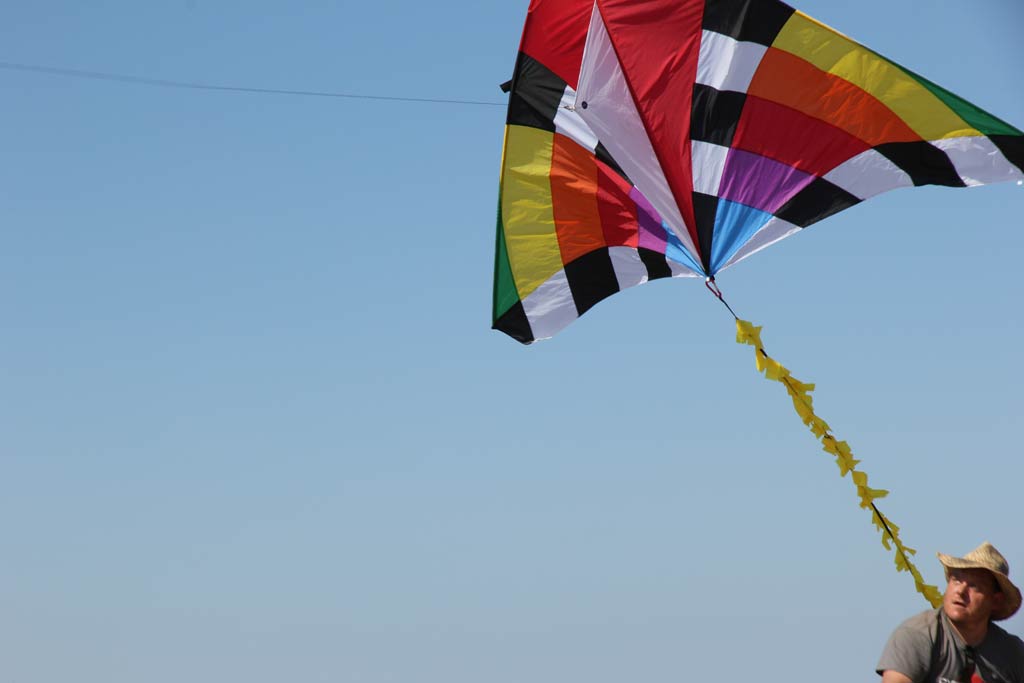
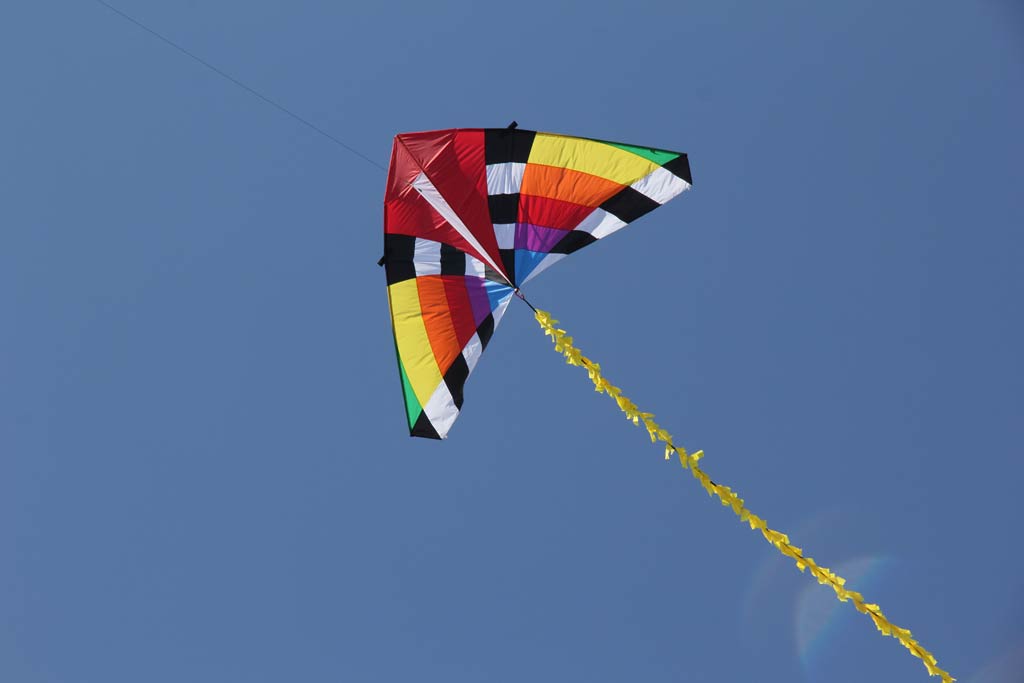
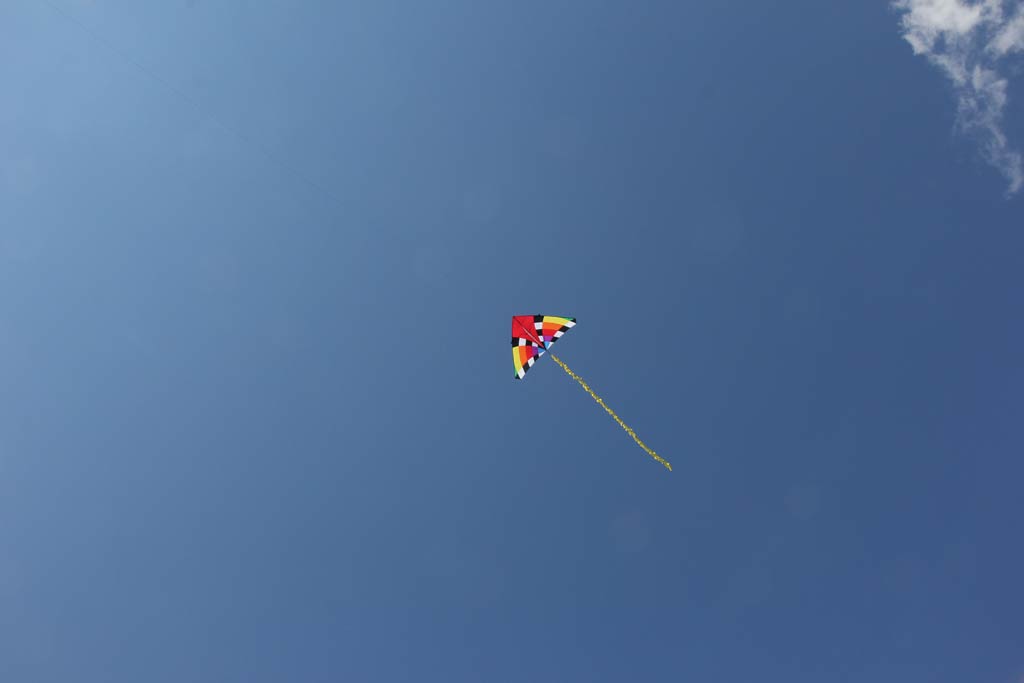
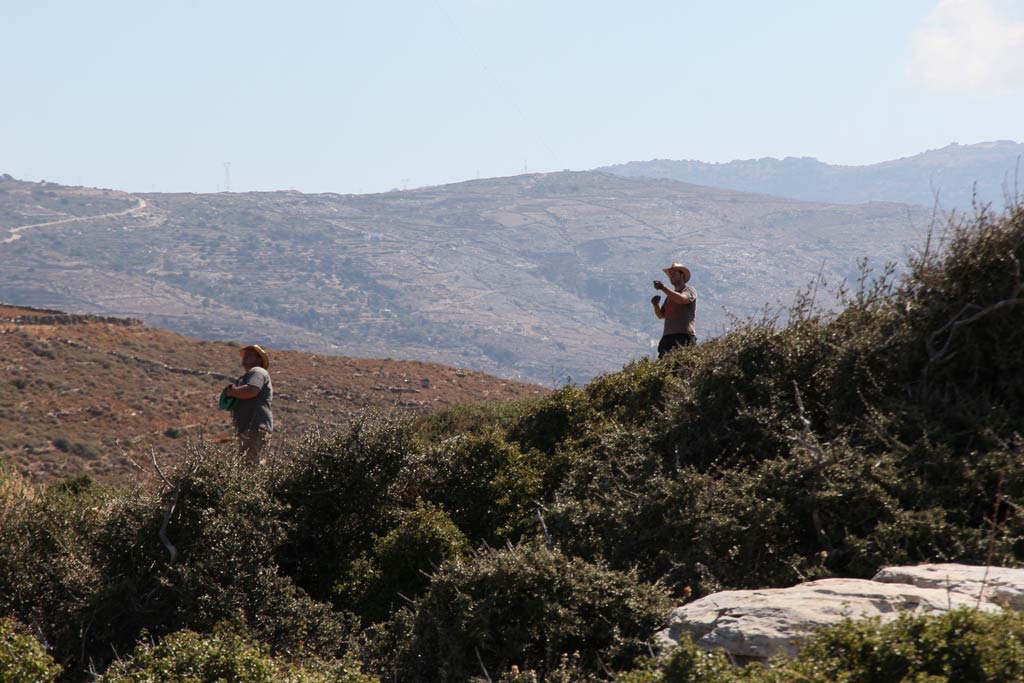
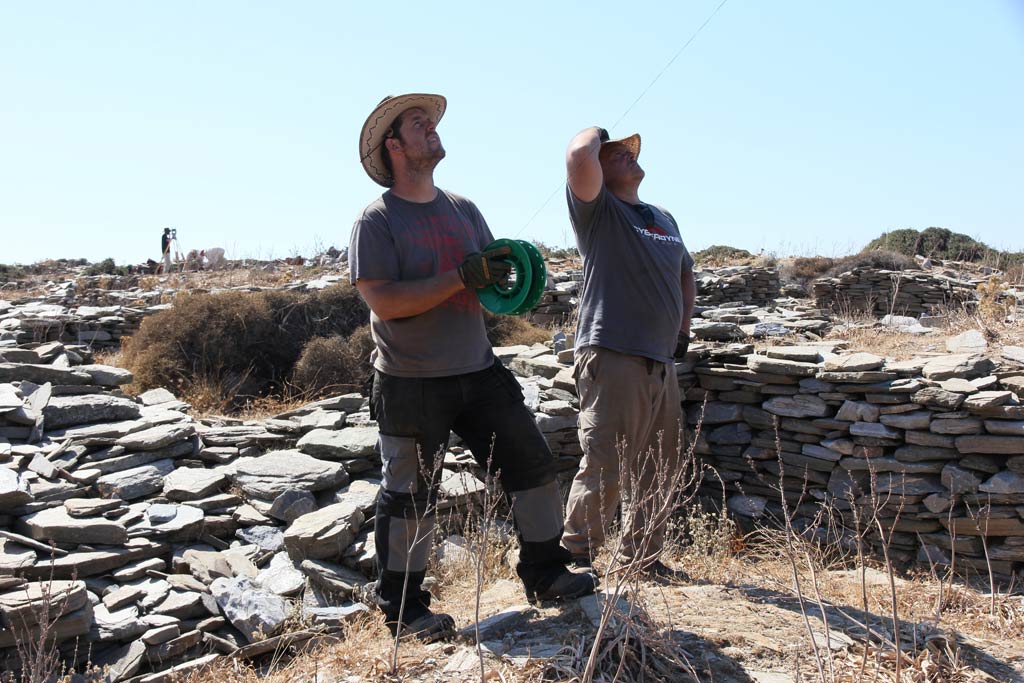
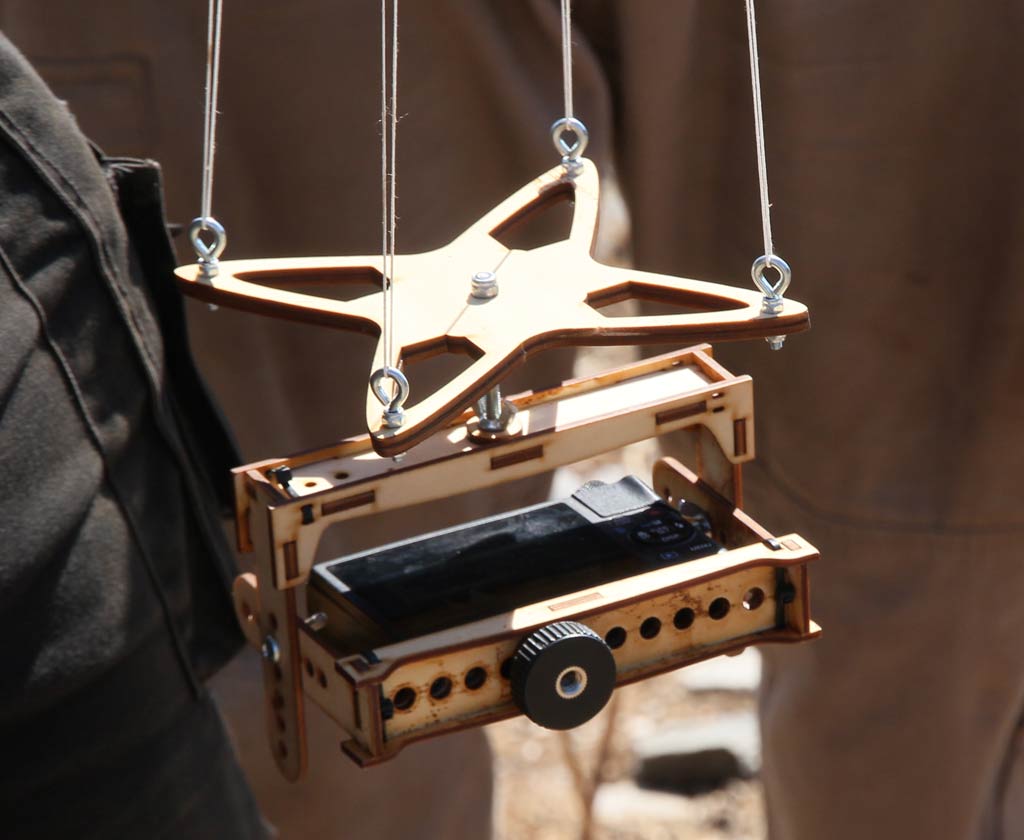
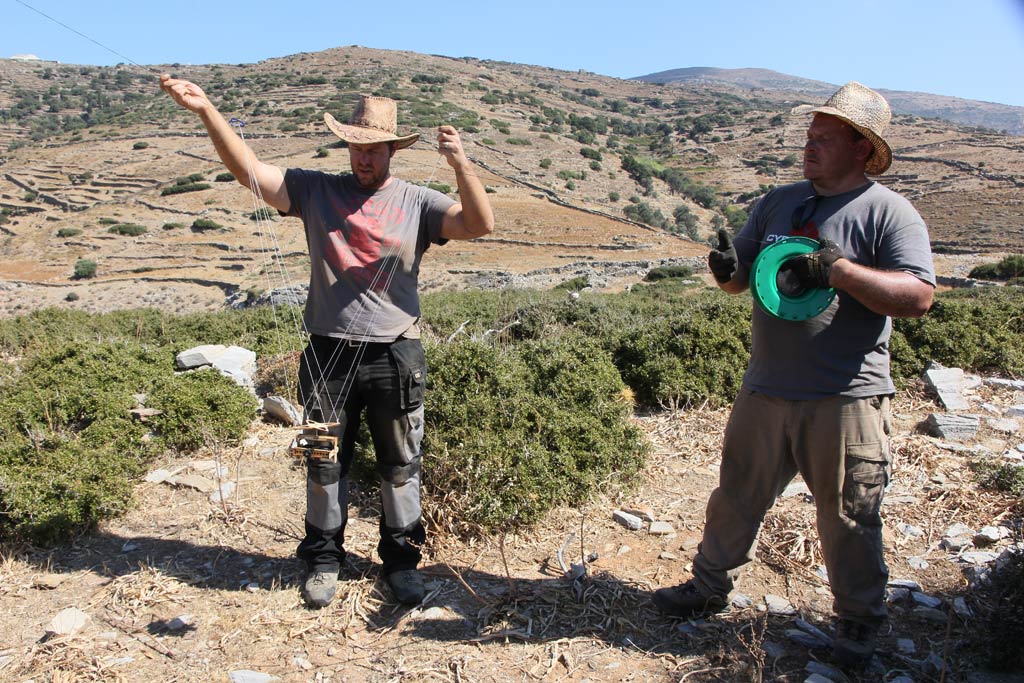
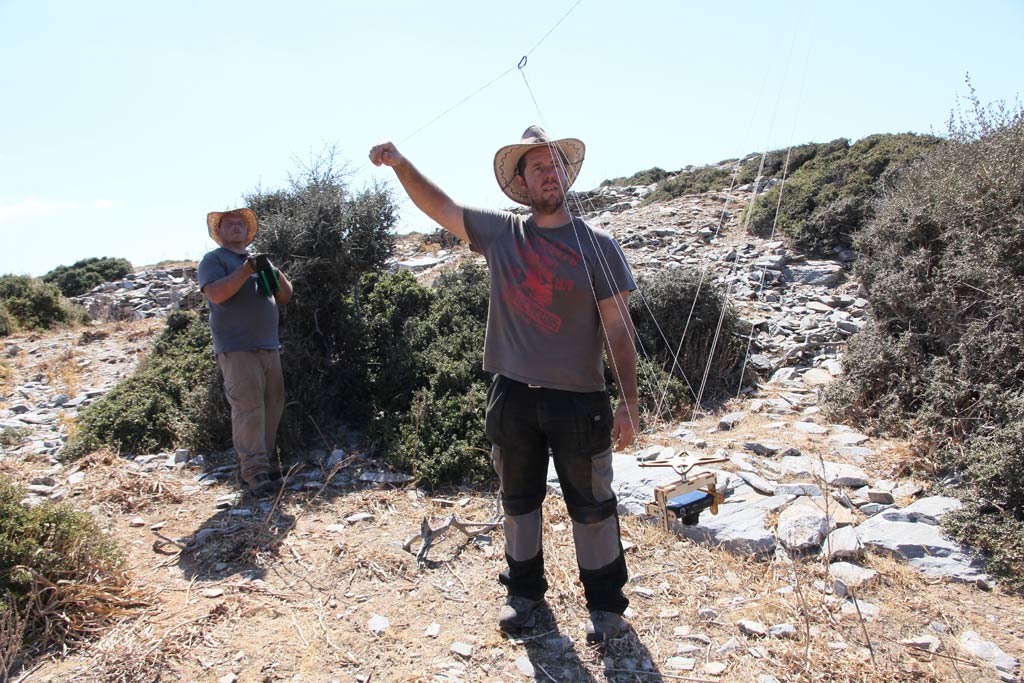
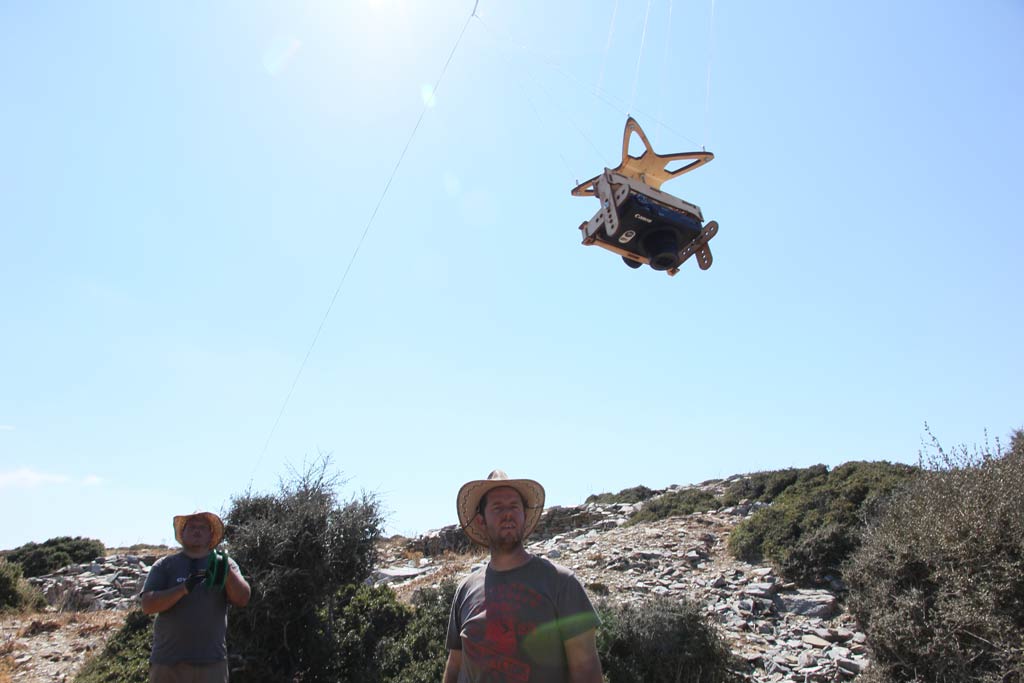
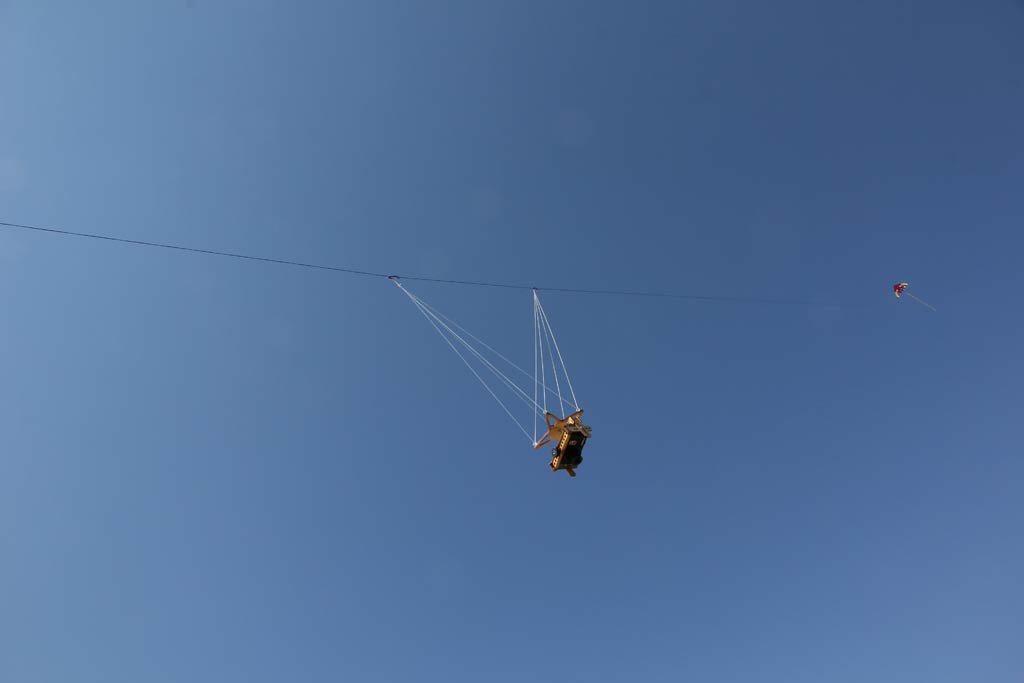
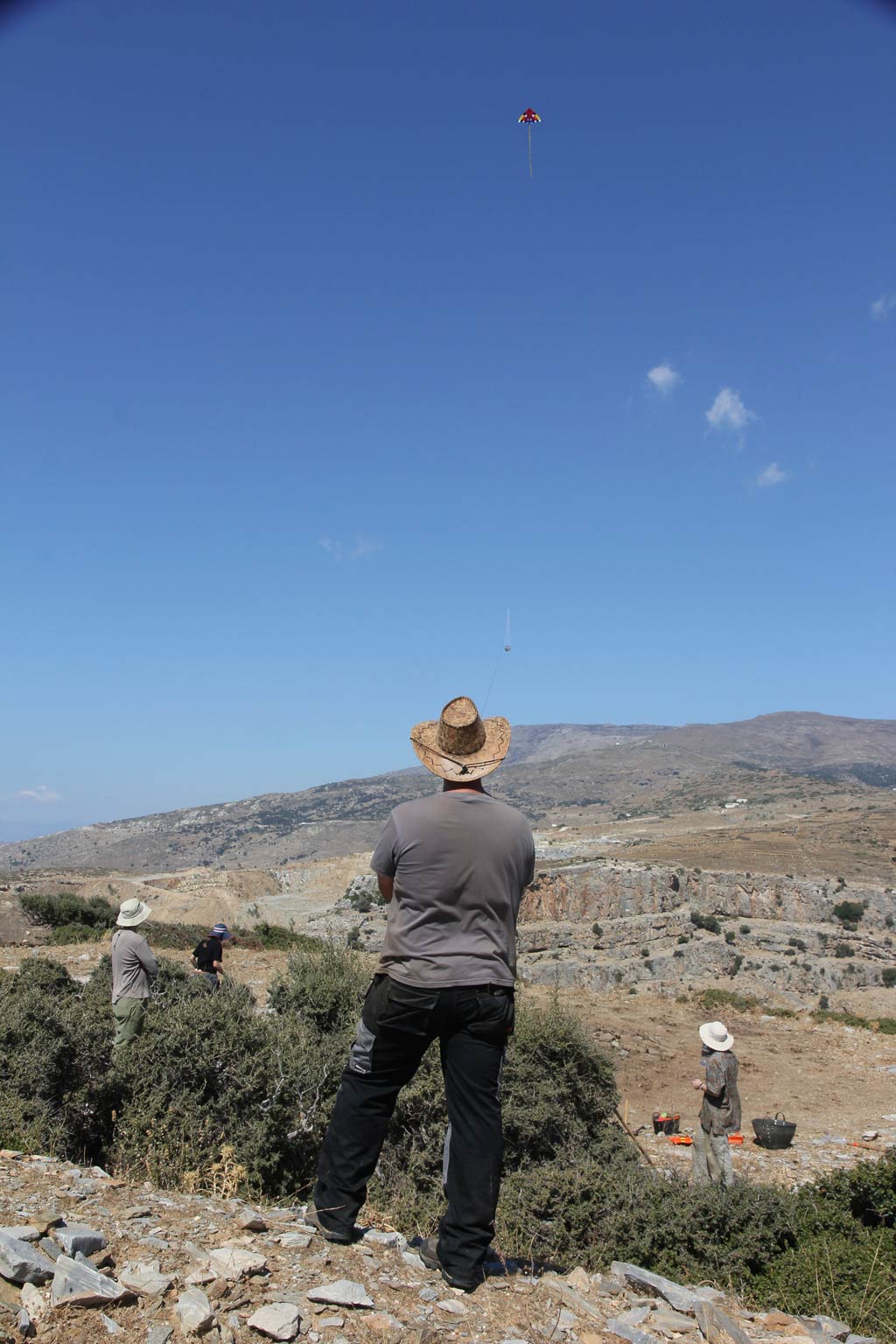
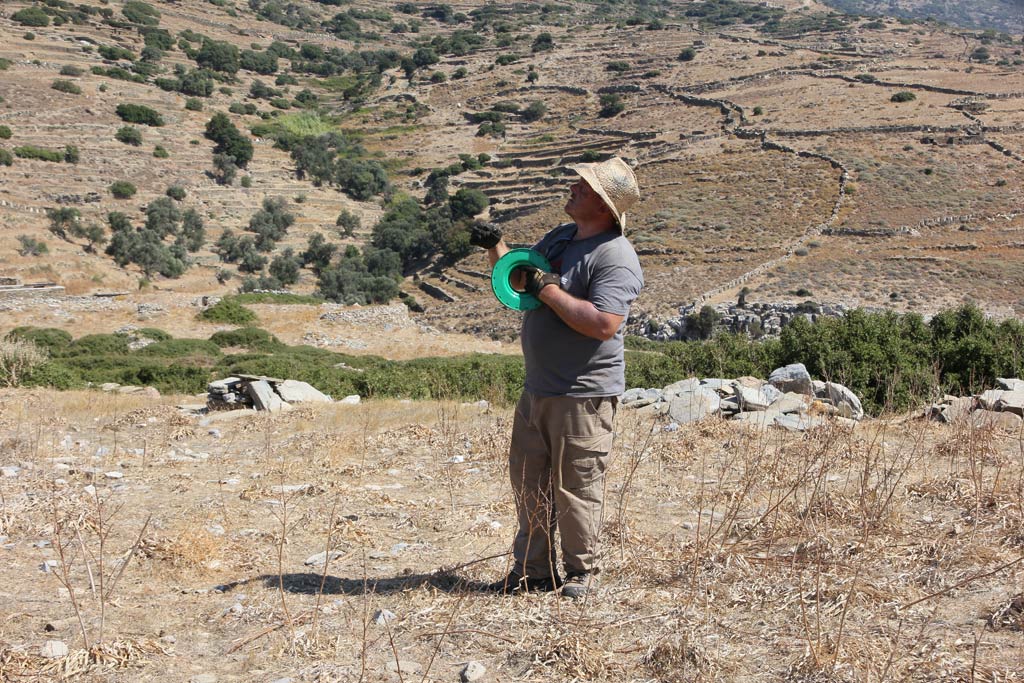
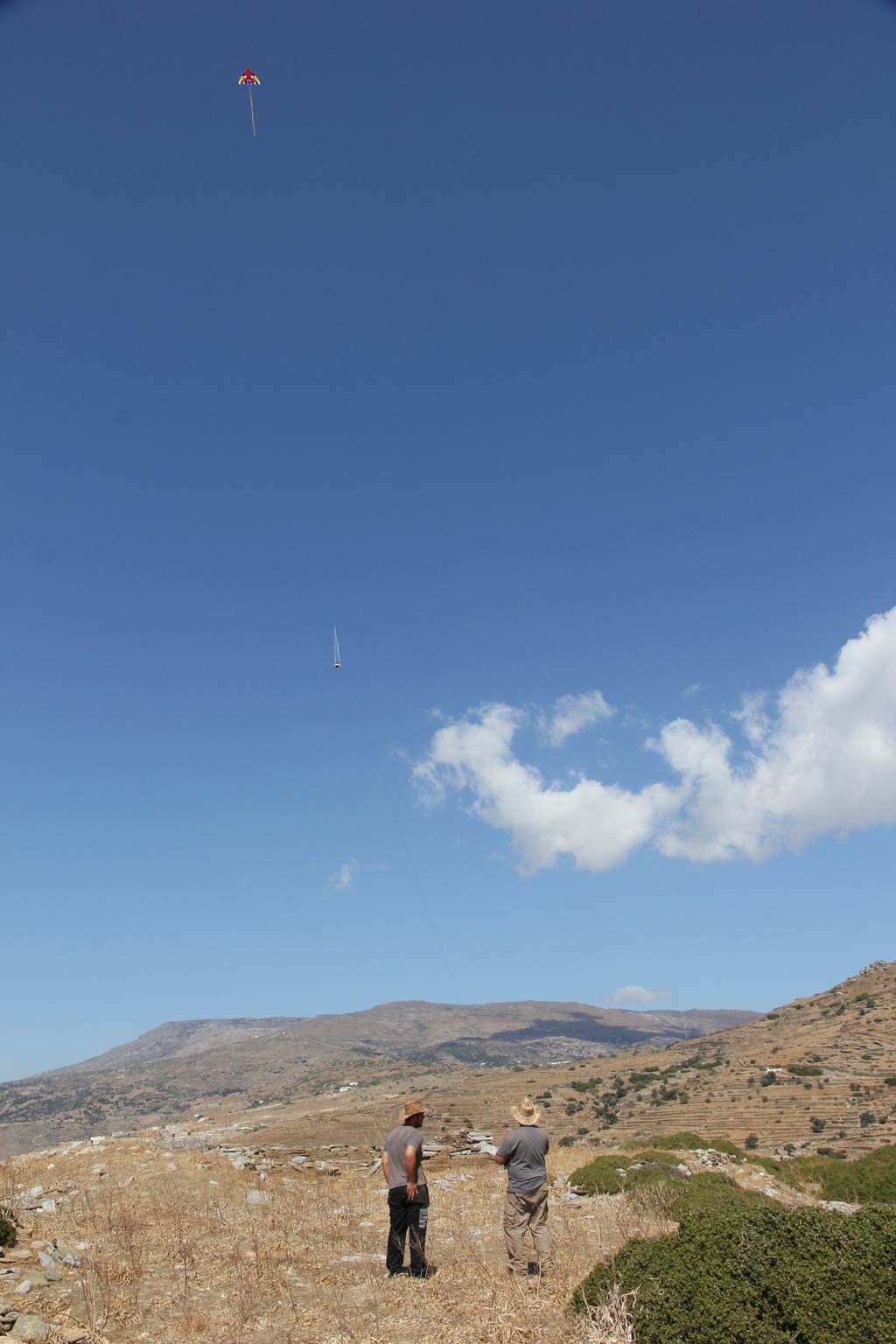
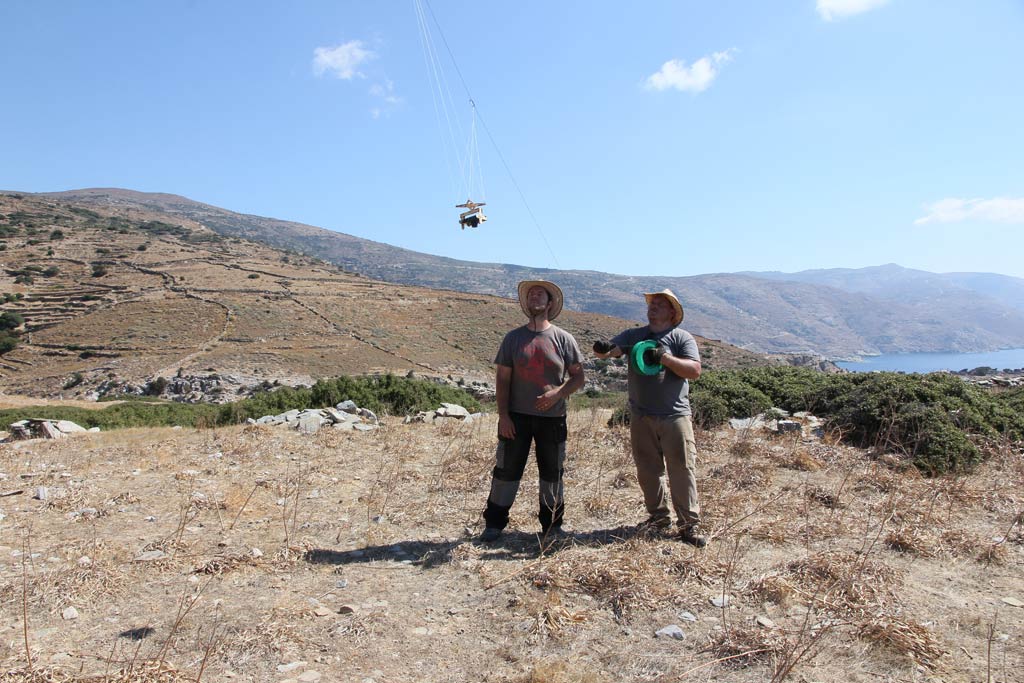
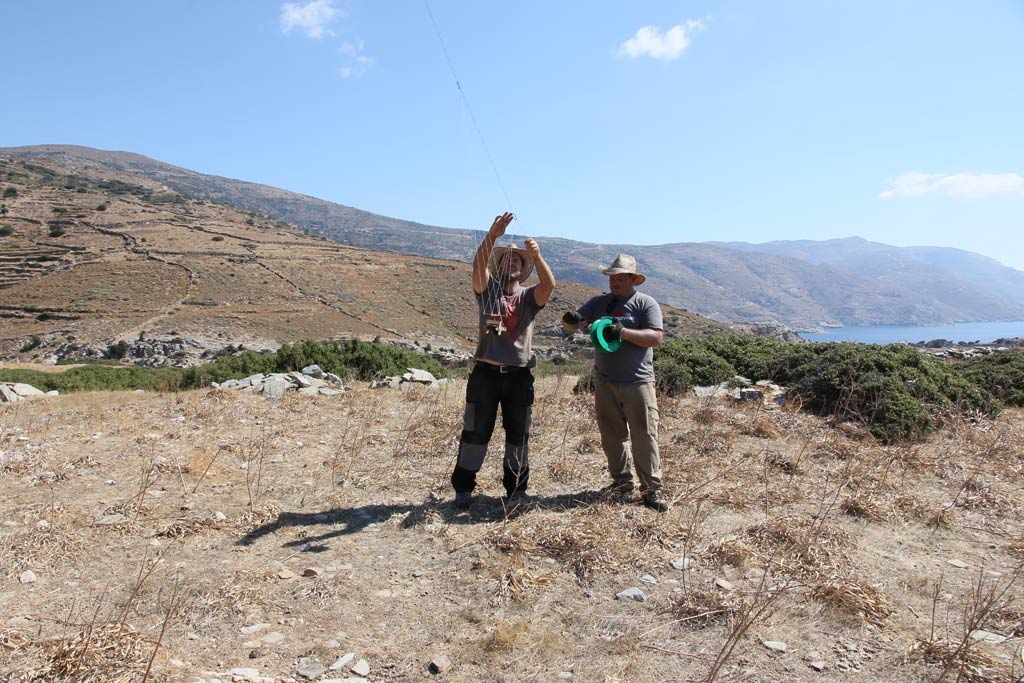
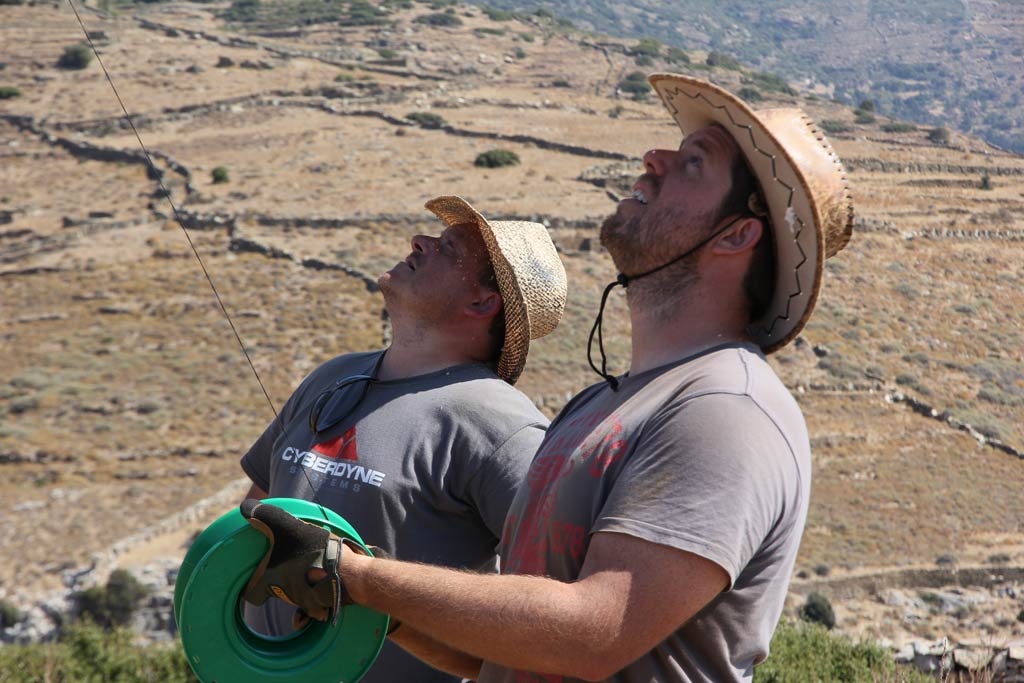
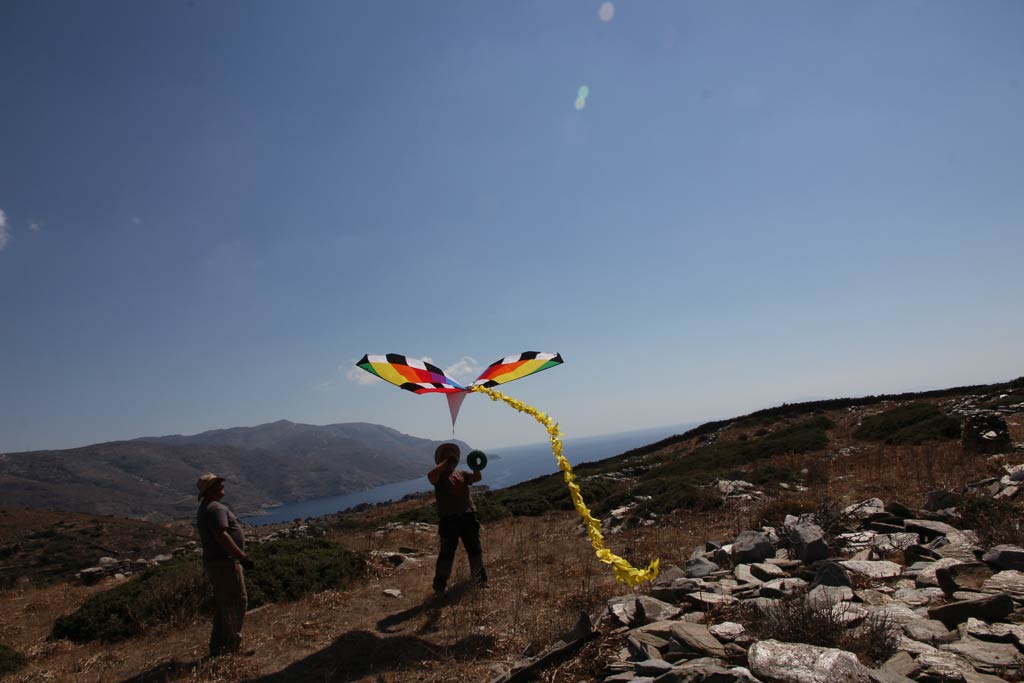
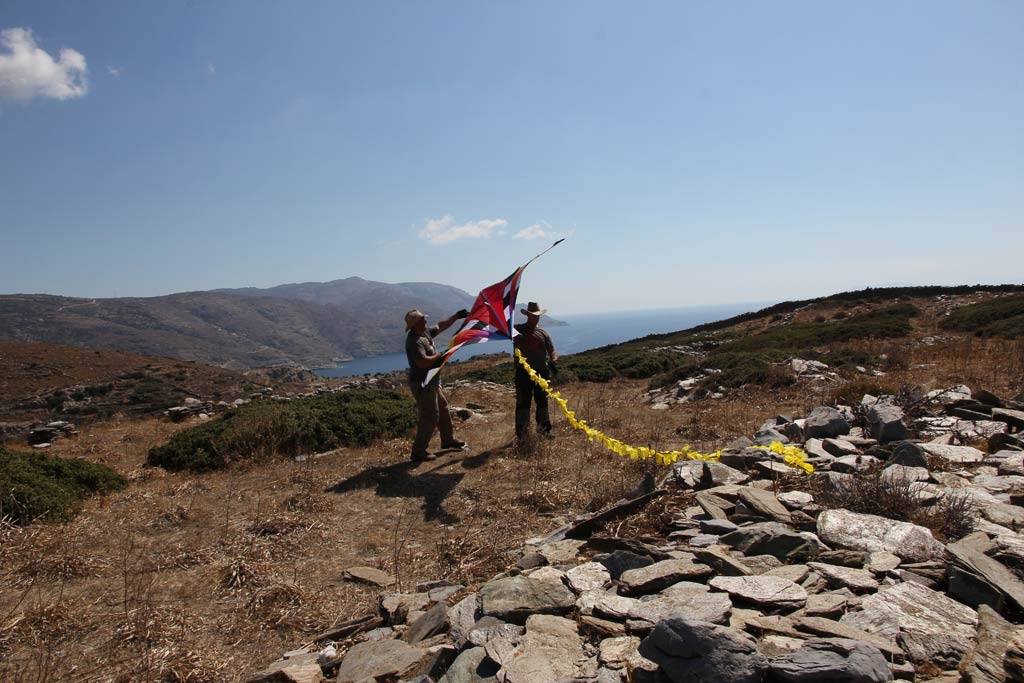
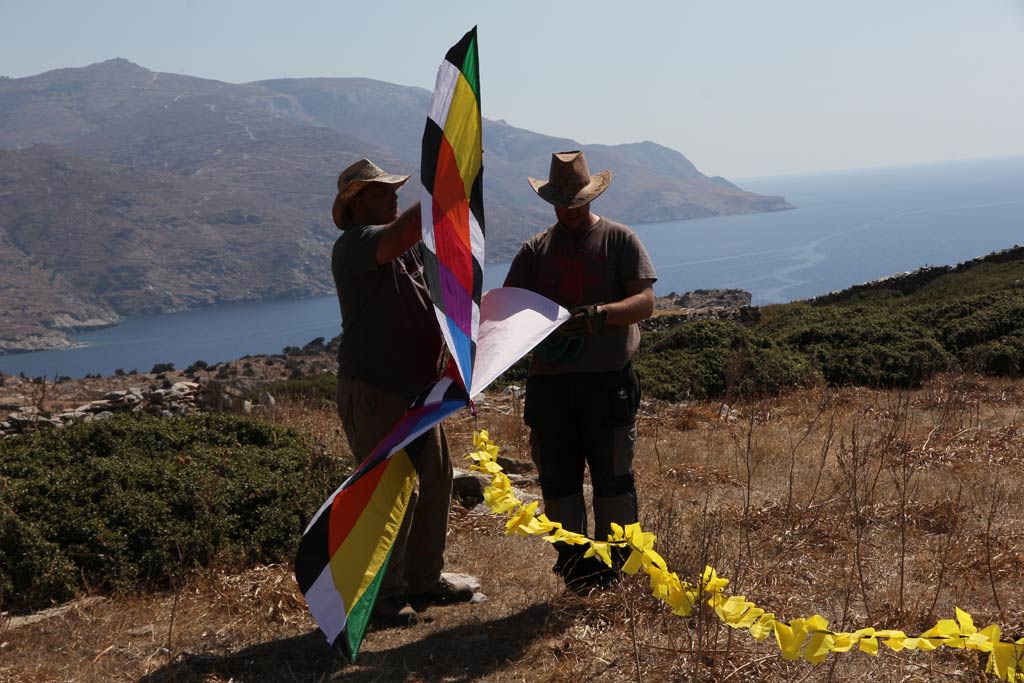
All photographs by Irma Havlicek; © Powerhouse Museum


17 thoughts on “Aerial (kite) photography at Zagora in 2013”
Nice story – a great idea to use this system and it saves on helicopter costs! – although waiting for a suitable wind speed at Zagora must be like waiting for Christmas! Will any of the photo’s taken by the kite system be put up on here?
Hi Malcolm. It sure is the economical way of getting aerial photos. There is a bit of waiting involved in getting wind speeds of between Beaufort 3 and 4 but Hugh and Adam have heaps of other archaeological work to do when they are not doing aerial photography. There are some processes we need to go through before we may show the aerial photos. It may take some time but we will show the photos when we can.
Go fly a kite! Seriously good fun. Seriously good archaeology guys 🙂
Thanks, Michael – I’ll pass your comment on to the team.
This looks wonderful and great photos. Hope we can see some the images taken by the ‘sky’ camera.
Thanks, Lynne, I’m so glad you like the photos. There are some processes we need to go through before we may show the aerial photos but we’ll show them when we can.
Looks like so much fun!
That looks like fun but could they use a drone?
They looked into other methods of aerial photography but chose the kite because it was likely to produce the best results in the high wind conditions at Zagora.
Nice to see Jon Ashmore’s (Kite-Power Queensland) KAP Rig being used internationally !!!.
Let us know if you’re keen on checking out the new prototype that will be r/c controllable using micro servo’s; allowing for pan and tilt.
Well done boys.
Thanks, I’ll pass your comment on to Hugh and Adam.
Hi John,
I’d be very interested in hearing about the new prototype – I’ll be in touch. Thanks also for the very positive response!
Thanks
Hugh
Please pass on our regards to Adam Carr. He looks like he’s enjoying this dig. Thanks,
Sonya and Sven
Thanks – I’m replying from Syros (on our weekend off in the middle of the dig). I’ll pass on your message when I see Adam, probably tonight. Cheers.
I like the Cyberdyne Systems shirt, it makes you wonder if a T800 will suddenly appear. What camera did you use to film with? A GoPro is always our choice of camera and some enterprising people used a few STORM Drone 6’s with them.
I like the way you set up the kite and got it to fly.How did land it without smashing it?Cricket catch?
They used a compact Canon camera PowerShot (I think it’s the S110). Hugh and Adam practised flying the kite in Sydney before coming to Andros. They read the wind superbly well, and wait for optimum conditions to launch and land the kite. They also work really cooperatively as a team. The day I photographed the kite photography, Adam launched and landed the kite – and made it look effortless (which I’m sure it isn’t).